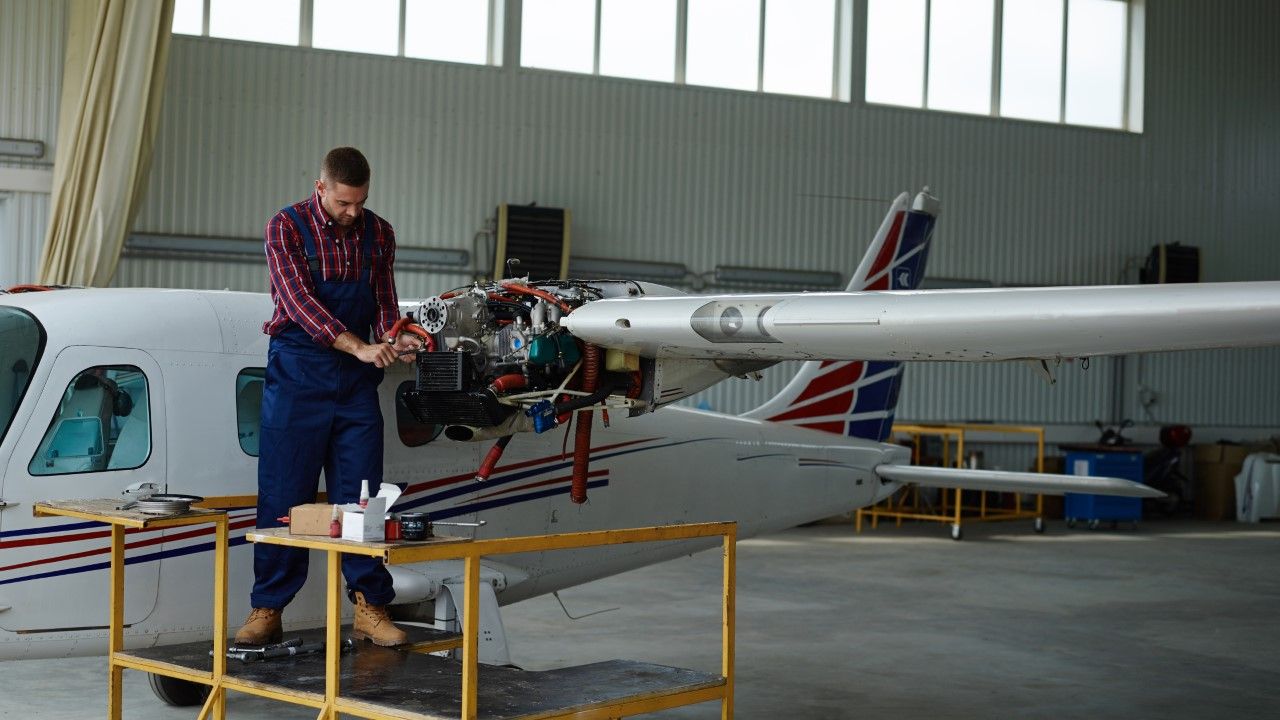Ground Testing in Aeronautics
29 June 2023
The manufacturing of an aircraft is a highly complex project that requires thousands of people working in coordination and a multitude of systems involved in the proper functioning of the aircraft. Before an aircraft takes off, it must undergo a series of comprehensive tests, both on the ground and in the air. In this article, we will specifically explore ground testing in aeronautics, how to streamline its execution, and how it plays a fundamental role in ensuring the safety of aircraft and passengers.
Purpose of Ground Testing
Ground testing is an integral part of the aircraft certification and maintenance process. These tests are conducted to evaluate the performance and safety of onboard systems, as well as to ensure compliance with the standards and regulations established by aviation authorities.
The systems engineer dedicated to ground testing is responsible for functionally testing the equipment during its installation process in the aircraft. The term "ground" is used to differentiate it from the phase in which the aircraft has started flying, known as the "flight line."
Types of Ground Tests
Systems Tests
During these tests, critical aircraft systems such as electrical, hydraulic, and fuel systems are evaluated. Tests are conducted to verify the efficiency and response of these systems under different conditions.
Structural Tests
These tests focus on evaluating the structural strength of the aircraft. They subject the aircraft to load tests to determine its ability to withstand extreme stresses and loads, such as turbulence, hard landings, or emergency situations.
Avionics Systems Tests
Avionics tests focus on the electronic and communication systems of the aircraft. Navigation instruments, communication systems, and safety equipment such as flight control systems and collision avoidance systems are verified.
Traditional Procedure for Conducting Ground Tests
The traditional process for ground testing is complex and involves the following steps: preparing specialized facilities, transporting the aircraft to these facilities, connecting the aircraft systems to test equipment through extensive wiring, having specialized personnel, executing tests according to established protocols, and analyzing the obtained results. This approach requires considerable logistics and resources.
The Solution: An Integrated and Multiprotocol Device - MMIBS
Skylife has developed an innovative solution to address the costly and complex challenges of conducting ground tests in the aerospace industry. Their latest creation, the MMIBS, is a portable and programmable device of reduced size that has revolutionized the way these tests are carried out.
Previously, the ground testing process required extensive physical space, a complex wiring infrastructure, a large amount of specialized personnel, and the use of dedicated facilities. However, thanks to the MMIBS, all of this has changed. This small device can be directly connected to the aircraft, allowing tests to be performed in any location without the need to transport the plane to specific facilities.
The MMIBS is highly versatile as it can emulate and read the main protocols of embedded systems, both analog and digital. This means that it integrates multiple simulation and testing systems into a single device. Furthermore, its programmability allows for remote execution and analysis of complex tests and simulations.
This innovative solution has a significant impact on the aerospace industry. The MMIBS is not only more cost-effective and efficient but also significantly accelerates the ground testing process of aircraft. With its assistance, tasks associated with aeronautical production and aircraft maintenance can be optimized, resulting in time and cost savings. In summary, Skylife's MMIBS is a revolutionary solution that has completely transformed the way ground tests are conducted in the aerospace industry.
Other news




















